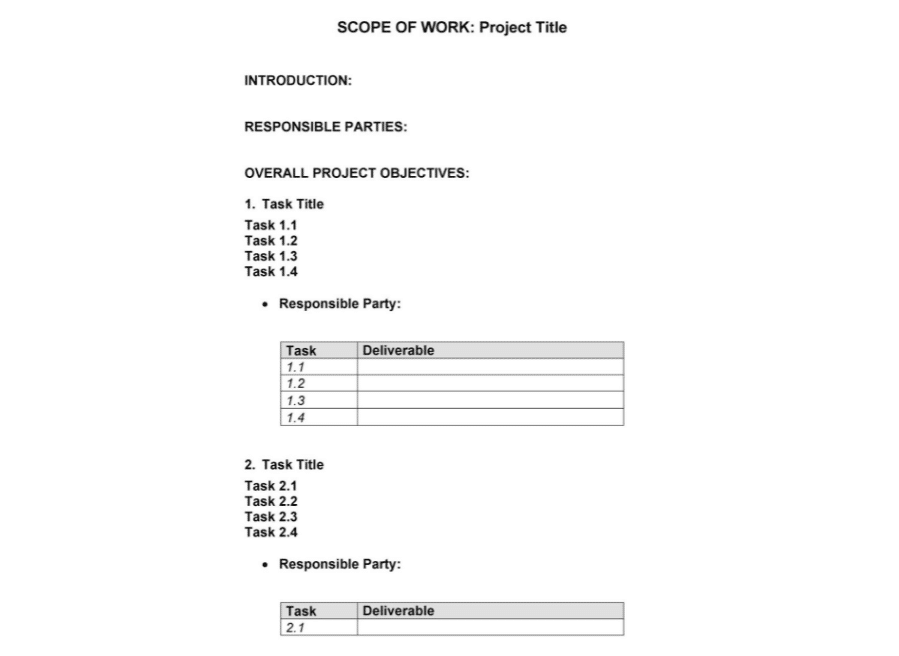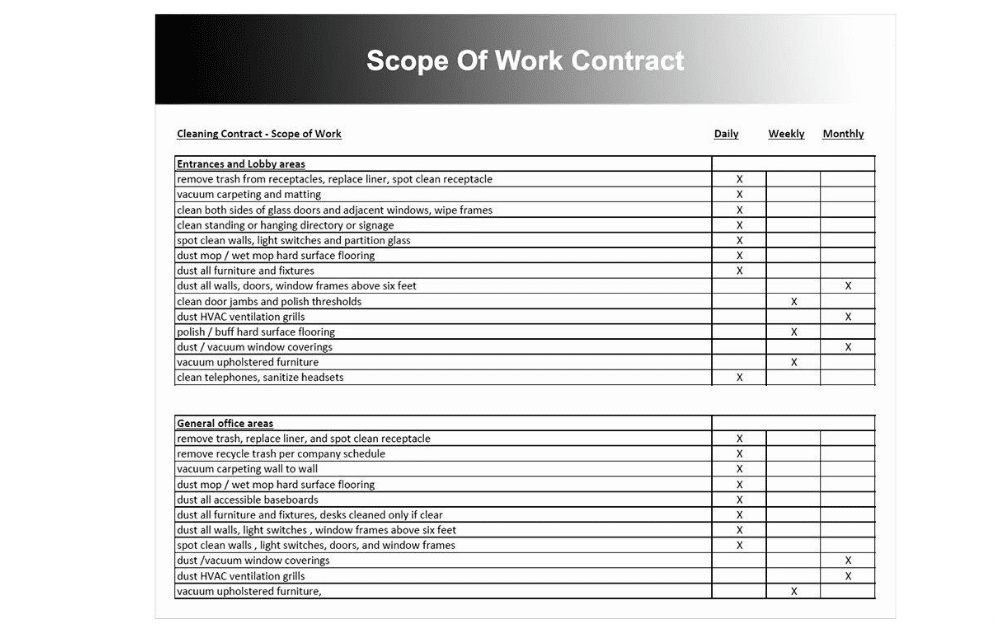In September 2016, Yahoo confirmed a 2014 data breach that affected 500 million of its customers. Then, three months later, the company announced another breach that exposed one billion accounts to hackers in 2013.
Almost a year later, Yahoo, yet again, announced that the data breach had affected three billion of its customers. Naturally, Yahoo got some backlash for all of those.
But it wasn’t actually the data breaches that primarily angered Yahoo clients. Yahoo’s main mistake? Not communicating. The company insiders knew about the breaches when they occurred years earlier but remained silent and didn’t tell customers then and there. Had Yahoo been transparent from the start, then their clients’ anger might have been tempered a bit.
Although Yahoo’s case is a bit extreme, the point is, you need to be transparent and know how to communicate with your clients if you want to retain them.
To avoid bad PR, here are simple communication mistakes you should avoid at all costs.
Saying yes to everything
Here’s another way to say it: don’t say yes when you mean no. It’s pretty understandable, though wrong, why businesses find it challenging to say no. We want to keep our customers while we acquire more. In doing so, we feel pressured to say yes to every wishlist they have.
Now we both know that these demands may be beyond your capacity to pull it off. That could put too much stress on your team. Besides, if you keep on saying yes, that will eventually compromise your boundaries and change your company’s vision.
Here’s what you can do. First, you can train yourself and your customer relations team on assertiveness skills. Of course, you won’t always get your way when you’re always assertive. But you have a higher chance of getting what you want or reaching a compromise.
Keep in mind that assertiveness isn’t aggression. With aggression, you push to get what you want without thinking about other people’s wants, needs, or rights. Assertiveness does no such thing.
Also, it’s always a good idea to avoid giving a definite answer immediately. Instead, ask for time to assess the demand. Then, if you can’t deliver, you can offer another option to the client.
Not defining the scope of work
If you don’t define your scope of work from the get-go, your client might end up setting high expectations on their own. When that happens and you don’t deliver based on those expectations, your client will only end up disappointed. The result? Well, you lose a client.
Defining your scope of work doesn’t have to be too complicated. You can do that at the stage you’re negotiating your contract so you and your client are on the same page from the start. On that piece of paper, specify what tasks are covered by your asking price.
What specific parts of the website will you design? Is it just the homepage or does that include other pages? Will you also write the content? Or will there be an additional charge for that? You can just enumerate the deliverables on a page and attach that to your contract. Something like this:
Source: Template Lab
Or, if you want to be really specific, with the days of work and everything, you can create something like this:
Source: Pinterest
Of course, those deliverables don’t have to be set in stone the first time you show them to your client. As I said, you define your scope of work while negotiating your contract. So, if your client also wants to negotiate and squeeze in an additional deliverable there, listen. Maybe you can give in to their request and, in the process, get in their good graces.
Make sure you create a final scope of work document after all the negotiations. You can partly automate this negotiation process with workflows using your CRM. However, you’ll need to combine automated communication, which is great for moving the process forward, with face to face meetings where you hammer out the details of the contract.
Keep a copy and give your client a copy, too. That way, even in the course of the project, you can both refer to the document to see what you agreed on.
Undermining your expertise
Your income is directly linked to your self-worth. Therefore, undermining your expertise creates problems in your cash flow, which can affect your business significantly.
But that’s not all that happens when you accept to be paid for less than what you’re worth.
When you accept less than what you think you deserve for your services and don’t communicate your apprehensions clearly to your client from the start, you’ll only end up resenting what you’re doing for that client. Your thinking would probably be something like this: Why should I exert any effort when I’m being underpaid?
The result is, well, mediocre work.
When you submit work that doesn’t meet the standards of your client, you lose that client.
The moral of the story, then? If you don’t like the payment your client is offering, say so. You have to know you’ll be properly compensated for what you’re doing. That will be your primary motivator for submitting high-quality work.
Bad email etiquette
You’ll more likely communicate with clients using the good old email. That means you need to know how to properly use this communication channel. If you use email the wrong way, you might just turn off your clients.
So, what’s the secret to sending emails? It’s not even a secret. Just don’t be annoying. Put yourself in the shoes of your client when you’re writing that email and before you hit that send button.
Would you like to hear that email notification at midnight, when you’re just about to get ready for bed? Obviously not. So, don’t send emails to your client around that time. Would you like to read an email replete with grammatical errors and spelling mistakes? Obviously not. So, proofread your emails before you hit send.
You don’t need to read an entire book on email etiquette to know what email etiquette is. If it’s something you yourself would be annoyed about, then just don’t do it. Your client is likely to get annoyed by it, too.
In closing
Communication mistakes can be costly, and only a few companies like IHOP could make something positive out of it. So, don’t even try.
As early as now, avoid those communication mistakes that can cost you clients. Don’t say yes to everything, define your scope of work, don’t undermine your expertise, and don’t have bad email etiquette.
When you avoid these mistakes, you can maintain your stellar reputation. When you have good brand reputation management, those clients will just continue lining up at your door.










